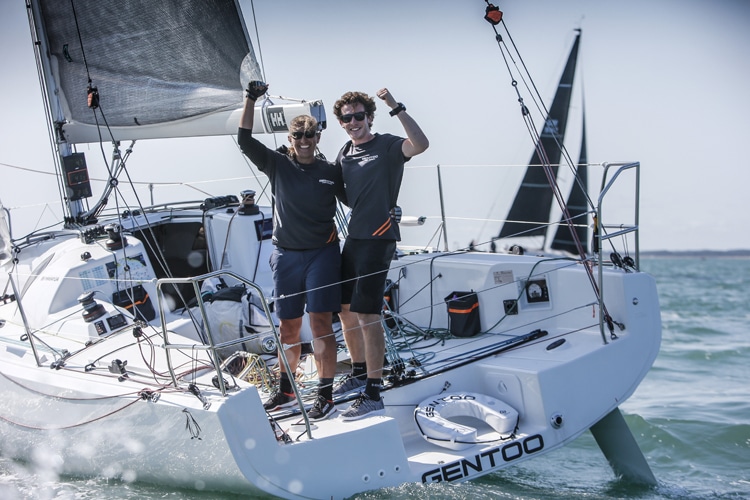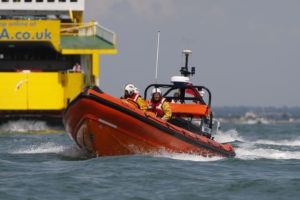Ocean Safety issues safety considerations for short-handed crews
 Gentoo,GBR 6890,Sunfast 3300
Gentoo,GBR 6890,Sunfast 3300
Ocean Safety is providing advice to customers and sailors for short-handed sailing following a complete restructuring of the way that boat owners and crews can get out on the water together due to the coronavirus pandemic.
The company says smaller crews have a lot more to think about, particularly when racing. One crewmember might need to combine roles, covering a larger area of the deck than usual, particularly during a manoeuvre at a mark rounding, or during a gybe, and this can put them at greater risk of going overboard or being injured.
Ocean Safety’s Alistair Hackett tells sailors: “Regulations are expected to continue to prevent large crews from multiple households cruising and racing together for the foreseeable future, so it’s important to review safety equipment before heading out onto the racecourse. We strongly advise short-handed crews to re-check their inventories.”
Ocean Safety gets important feedback from top sailors, including single handed round the world sailor, Dee Caffari MBE. “As a crew member you should check what safety equipment is on board the yacht you are stepping onto,” advises Caffari. “Make sure key safety equipment is on board and that the onboard grab bag is properly equipped with items you will need if you have to evacuate to a liferaft.
“At the same time, you must take responsibility for your own personal safety as well. Bring your own items like a lifejacket, already sized to fit, with tether and AIS unit. I also advise bringing sunscreen, sunglasses and a hat, your own torch, refillable water bottle and personal medicines.”
AIS personal beacons can be tucked in a wet weather gear pocket or, as Caffari describes, fitted into lifejackets that are designed to be ‘AIS ready’. Handheld AIS beacons transmit the casualty’s position to AIS receivers on their own and other nearby yachts. Similarly, a Personal Locator Beacon (PLB), which can be fitted the same way, works with the international satellite system. It’s especially important for each crew member to have equipment like this about their person on short-handed cruises or races, and during night sailing.
On short-handed boats, it’s time to reconsider the man overboard drill as well, recommends Ocean Safety. Being able to retrieve a person from the water as quickly as possible is absolutely paramount, and while a yacht with a team of strong sailors on board can swiftly haul them back on board, this becomes more challenging with fewer crew. With only two people on board, it could be the stronger, heavier and more experienced one who has fallen overboard, and therefore, boats on short-handed outings should have equipment on board to make it as easy as possible to retrieve a person from the water.
Despite the frustrations this year, the trend for sailing short-handed has produced plenty of exciting events and opportunities. Dee Caffari herself competed in the EUROSAF Mixed Offshore European Championship in Italy in September along with her fellow crew member James Harayda. The double handed offshore race is a first step towards the Paris 2024 Olympics which will be hosting the mixed offshore keelboat event for the first time.










